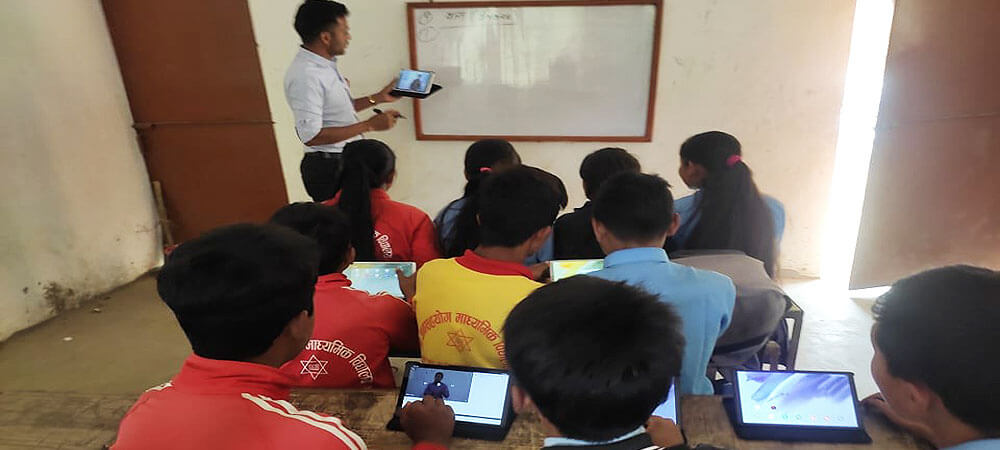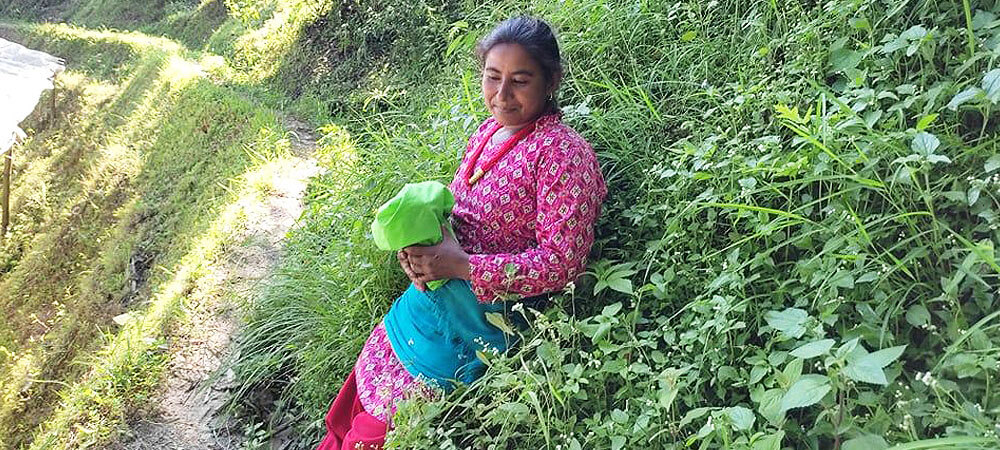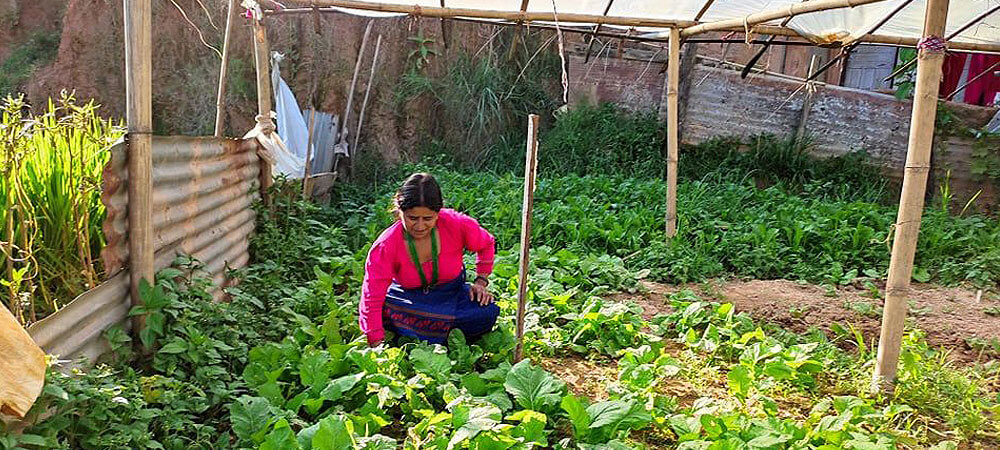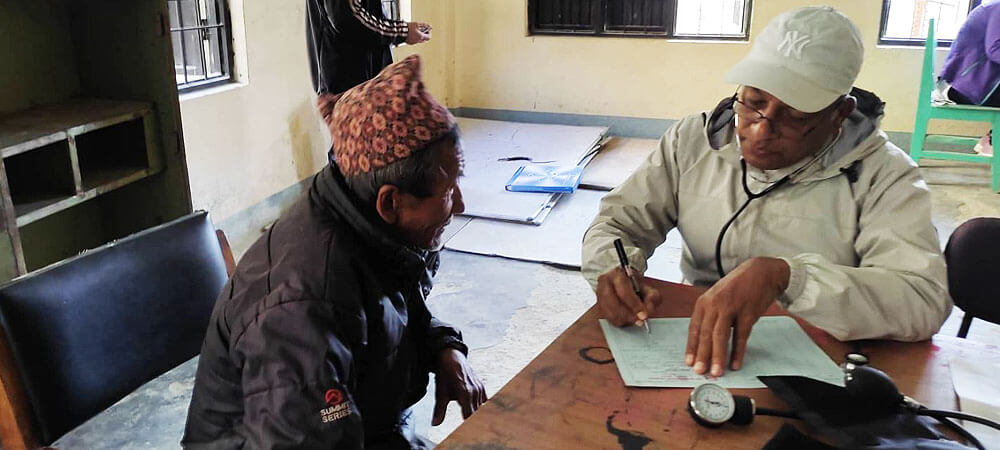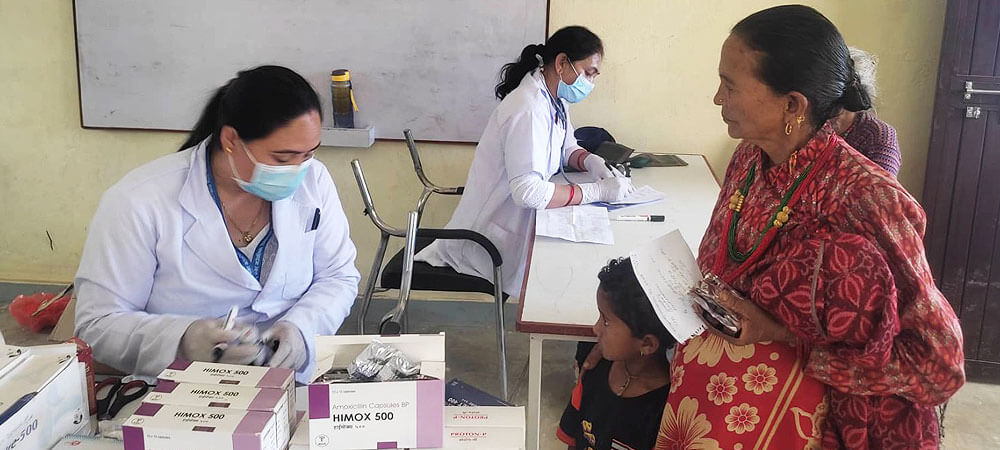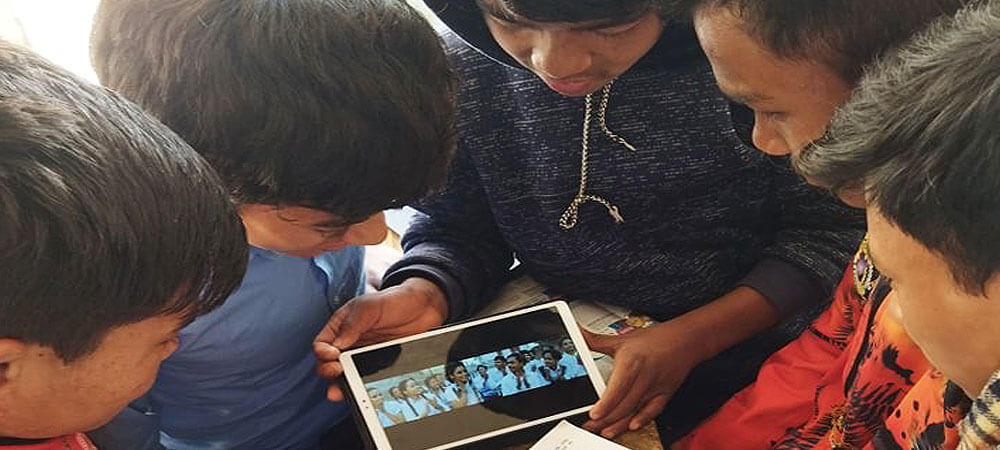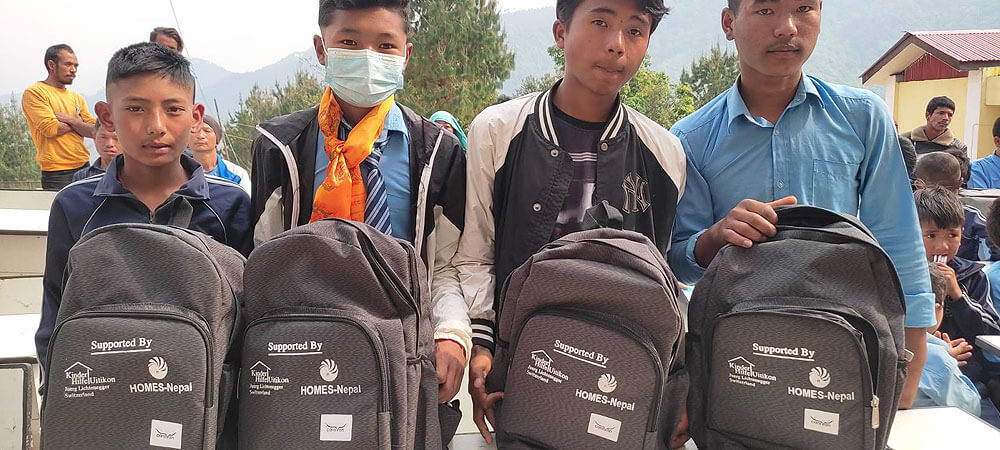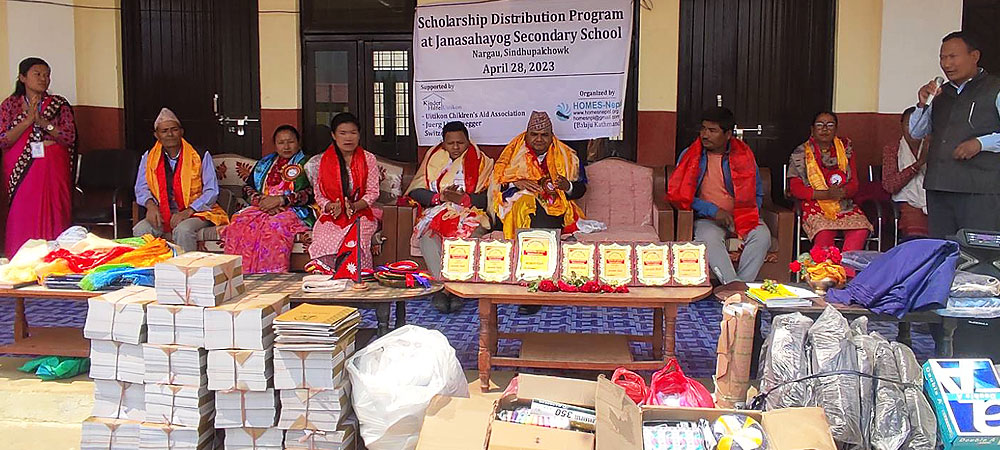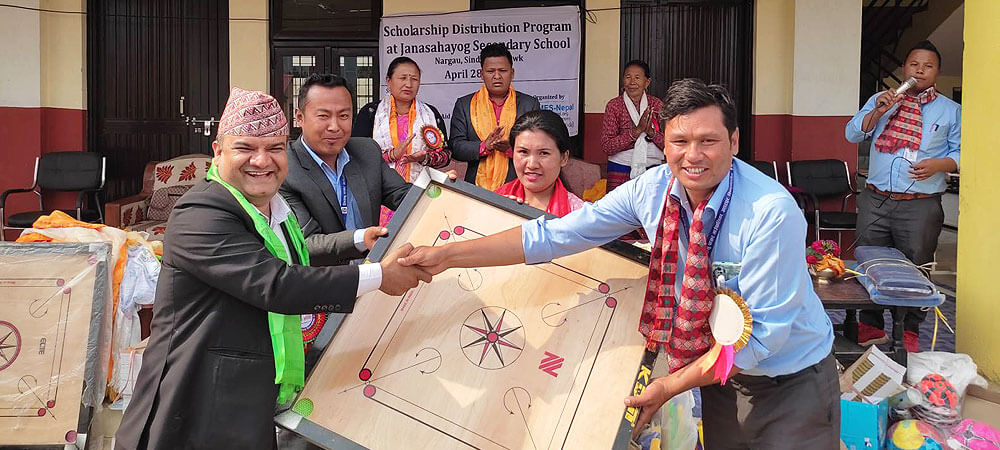GORSANG HEALTH CAMP REPORT, 2015
INTRODUCTION OF THE HEALTH CAMP PROJECT
The health service situation of Nepal is not accessible to all the Nepalese community. So, different NGOs and health service provider are providing the health service to these communities. Likewise, HOMES, Nepal has been conducting the many health and medical camps in different rural areas of Nepal. More than 3301 poor people were already benefited due to these activities.
- There are not enough hospitals, health posts and health centres specially in the remote areas.
- Medical treatment and facilities are not available as required.
- Doctors and health workers hesitate to go to remote areas.
- Rural people mostly rely on witch doctors or Dhami-Jhankri.
- People in remote and rural areas themselves are less interested to get treatment in hospitals or health posts.
- Private hospitals in urban areas are too expensive for common people. Government hospitals are not well-equipped and service-oriented.
SELECTION CRITERIA OF THE PLACE
The area “Gorsang” is the dwellings of the multi ethnic community and prevalence of Tamang community (60 %) and the Tamangs are isolated from other community, and 20% are lower caste (Dalits). The economic conditions of these communities are poor and based on agricultural (Subsistence level of economy). They are living under the shade of health facilities and cannot afford even in the simple treatment. It is near to the historical place sankhadevi temple and Nuwakot Palace. The Gorsang VDC lies in northern-west of the Kathmandu valley. It is almost 95 KM far from the Kathmandu and remote area of Nuwakot District. The nearest town is Trisuli Bazzar (Market).
OBJECTIVE OF THE PROJECTS
The followings were the main objectives of the project:
- To provide efficient medical team.
- To find out the most prevalence diseases.
- To supply the sufficient medicines and cure the diseases.
- To support the community in social and medical aspects.
- To explore the local culture and traditions.
ACTIVITIES
Survey and observation
Homes Nepal team had surveyed the area “Gorsang” and find out health and social status of feeding areas.
Medicine Collection/buying
The sampled medicines were collected from the pharmaceutical company but the sample medicines are not enough for the health camp. Homes Nepal has bought medicines with close cooperation of doctors and pharmacists.
Health Check up and Medicine Distribution
The organization had provided twelve members medical team in health camp service. All the medical team was actively involved throughout the day during the health camp service.
Organizational Support
The organization had provided Seven National doctors, one international doctor, 12 health workers, 15 National volunteers and 12 rescue team to support the patients. All team were actively involved to make systematic queuing and manage quick service to old aged people and children. The rescue team was actively involved to carry the disable people from house to health camp service point.
Socio-Culture Exploration
The host place “Gorsang” had organized the welcoming ceremony for the entire health camp team which was mind blowing.
BENEFICIARIES IN THE HEALTH CAMP
The dwellings of the Gorsang VDC were the real beneficiaries of the free health camp and medicine distribution. 719 patients were benefited in the camp from different areas.
PATIENTS BY SEX RATIO
| Male | 472 | 65% |
| Female | 239 | 35% |
| Total | 719 | 100% |
PATIENTS BY AGE GROUP
| S.N. | Age (Years) | No. of Patients | Remarks |
| 1 | Below 5 | 38 | Children |
| 2 | 6-13 | 61 | Adolescents |
| 3 | 14-19 | 43 | Teenagers |
| 4 | 20-40 | 339 | Young |
| 5 | 40-60 | 148 | Active Age |
| 6 | 60 above | 90 | Old Age |
| Total | 719 |
MAJOR ACHIEVEMENTS OF THE PROJECT
The health camp was conducted not far from the Kathmandu central down town “The Gorsang”, it is almost 40 KM where the underprivileged people “The Tamangs” are living. It is one of the ethnic groups of Nepal. The twenty members’ medical team was involved for the medical checkup for the target people. More than people were benefited in this service camp. The followings are the major output:
- The stigma of traditional healing system (Dhami, Jhakri) has broken due to easy access of medical support
- Diagnosis of major diseases like uterus prolapsed, urinary tract infections, pregnancy without pre-birth checkup, oligohydraminos, polyhydraminos for females and others osteoarthritis, skin problems, abscess, chronic obstructive, pulmonary diseases, cataract (both operated and non operated), hypertension, diabetes (very less though), migraine, acute gastritis due to smoking.
- Most of the old aged people (60-82 years) and children were received service which are more ignorance part of community health.
- Enough medical distribution of medicines.
- Exploration of Nepalese health status to the International level.
- Exploration of local culture and tradition National and International level.
IMPACTS OF THE PROJECT
The Gorsang VDC lies in northern-west of the Kathmandu valley. It is almost 95 KM far from the Kathmandu and remote area of Nuwakot District. They have to go Trisuli for the simple treatment and have to go Kathmandu for major health treatment which is more expensive. Most of the people are engaged in subsistence level farming and they do not have surplus money to take care of the health. Due to this reason, they have to hide or ignore their health problems and they are encouraged to depend on Traditional Healing system for the treatment instead to visit health centers. The project tries to break the superstitious believes towards this systems and attended the medical checkup camp. The project encourages the local people to unite together for the social work.
LIMITATION OF THE PROJECT
The health camp was conducted for the general health where the people are not concerned and unable to reach health centers. The project was concentrated for the general medical health check up and medicine distribution. It could not cover the surgical services like Eye operation of night blindness, uterus prolapsed and other surgical items. But it covered the dressing of wounds, injections, supply of IV solutions etc.
RECOMMENDATION
The service we provided was basic level and it is recommended to all concerned stakeholder that the equipped eye camp service and cure of uterus prolapsed should be implemented in these areas.
Thank you

